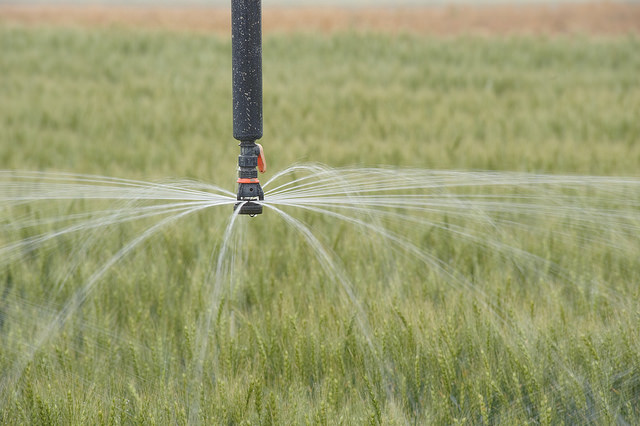In many countries, the age at which you can legally have a drink is seen as a milestone in one’s life. That age has also long been debated. Should the drinking age coincide with a country’s voting age, military draft age, the age at which you may purchase a lottery ticket, or rent a car? Or should it be an age unto itself? The drinking age in the U.S. is 21, although this is not the case in every other country, or even in some states within the U.S. Some countries even prefer not to enact such constraints. The drinking age in Ireland, for example, is nonexistent in a private residence.
View Drinking Age Map in a full screen map
Take a look at the rest of the drinking ages of all the world’s countries on the map above, or read on for more insights.
Most Common Legal Drinking Ages
The most common drinking age around the world may be a bit surprising as it is “none.” Almost half, or 83 out of the 178 countries (47%) on our list do not have any sort of minimum drinking age requirement. However, many of these countries do have a minimum purchase age varying from 14 to 20 years old. In these countries, minors can have a drink in the comfort of their own home at any age, but in public they are restricted. Many of these countries have age specifications on the ABV, or alcohol by volume, as well as the type of alcohol being consumed. For example, in Belgium, beers, wines, and ciders can be purchased at age 16, but spirits are only to be purchased by those over 18 years old. Some countries, like Angola in Africa, have no national law that prohibits the sale of alcohol to minors.
The second most common minimum drinking age is 18 years old. In fact, 35% of the countries on our list follow this rule. The third most common drinking age is listed as “illegal,” and the fourth most common drinking age is 21, just as in the United States. The U.S. is paired with just seven other countries with a drinking age of 21, or four percent, making the U.S. the minority. Believe it or not, the United States is not a one size fits all alcohol policy country. While the U.S. is known for its drinking age of 21, this 21 hard limit is actually not the case for all of the states. The 1984 National Minimum Drinking Age Act withholds money from states that permit under 21-year-olds to purchase alcohol. Before the act went into effect in 1984, each state had its own drinking age, all varying greatly.
However, even after the act went into effect, only a few states specifically prohibited minors from drinking alcohol in private. As of January 2010, there are 15 states that outlaw minor consumption of alcohol in public or private settings and 17 states that don’t have any sort of ban on underage consumption in private. There are 18 states that permit underage drinkers the consumption of alcohol with family or in specific locations. Religious exceptions to the rule pertain to all states.
Nothing (Alcoholic) to Drink Here
There are 11 countries or 6% of our list in which any consumption of alcohol whatsoever is considered breaking the law, and there are some pretty severe punishments that go along with it. All but three of these 11 countries are located in Asia, and many of them are Islamic countries.
In Bangladesh, Saudi Arabia, Yemen, Pakistan, the Maldives, Iran, Afghanistan, and Kuwait, it is illegal to drink alcohol. Most of these countries ban alcohol for religious purposes. For example, in Bangladesh, alcohol is illegal to Muslims but is legal to non-Muslim tourists in private. In Pakistan, non-Muslim citizens may possess alcohol if they are using it in a religious ceremony. In the Maldives, alcohol is legal to tourists over the age of 18, but the sale of alcohol to local Maldivians is punishable by law. Alcohol is illegal in Iran, however, minority religious groups may purchase small amounts of alcohol from shop owners who are of the same minority religion.
Saudi Arabia is one example of a country with severe punishments for the consumption or possession of alcohol. Anyone who drinks or possesses alcohol may be arrested and put on trial. If the accusations of alcohol consumption or possession ring true, the guilty party can be subject to heavy fines, long prison sentences, and even whippings.
In Libya, Somalia, and Sudan, it is illegal to consume any alcoholic beverages. In Libya, this prohibition has led to black markets for the sale of alcohol. Somalia also has implemented very strict laws when it comes to the production of alcohol. This Islamic country bans all alcohol-related activity, including the manufacture, trade, and consumption of alcohol. However, non-Muslims and tourists may consume alcohol in the privacy of their own home. Sudan has prohibited the manufacture, sale, possession, and consumption of alcohol since 1983.
Too Young, or Just Right?
On the flip side, the youngest drinking age on our list belongs to Germany. In Germany, if a 14-year-old is accompanied by a parent or legal guardian, it is legal for them to consume or purchase beer, wine, and cider. Without a parent or legal guardian, you must be 16 years or older in order to consume or purchase the alcohol. However, when it comes to hard liquor, you must be 18 years or older in order to serve, sell or supply. Any violations of these rules may result in a fine of up to 50.000€ or over $60,000.
Regardless of your views on the world’s differing alcohol policies, the map above provides a glimpse into the lives of young adults across the globe. Make your own map like the one above with BatchGeo.





